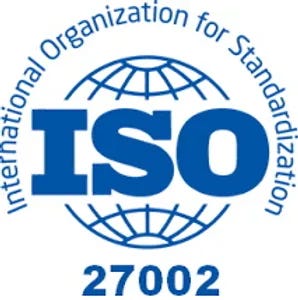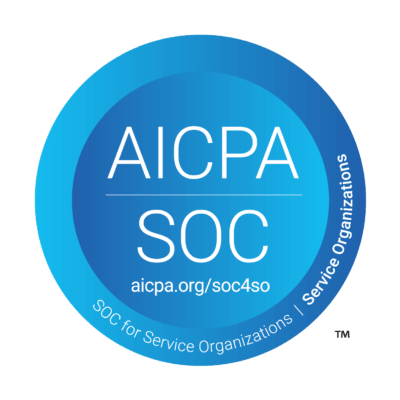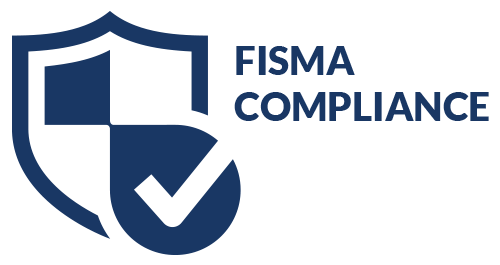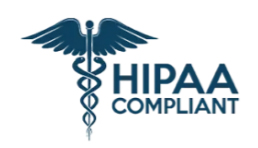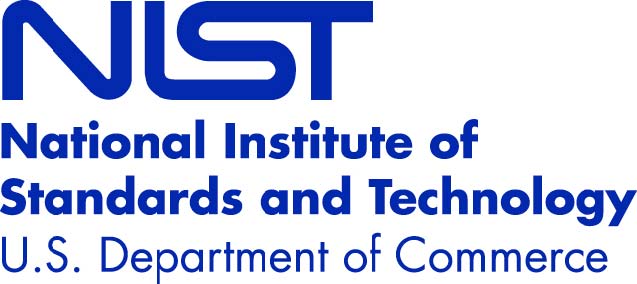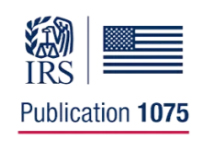In today’s fast-paced business landscape, staffing shortages have become a critical issue across various industries. Whether you’re managing a healthcare facility, a retail operation, or navigating the complexities of open enrollment, the pressure to maintain adequate staffing levels while ensuring high-quality service delivery is more intense than ever. At TSI, we’ve seen firsthand how these challenges can affect both patient care, consumer experiences, and even critical functions like accounts receivable management. But we’ve also developed effective strategies to help our clients not just cope, but thrive, even in the most demanding environments.
Understanding the Root Causes of Staffing Shortages
Before diving into solutions, it’s essential to understand why staffing shortages are so prevalent today. Factors such as an aging workforce, the aftershocks of the COVID-19 pandemic, and shifting employee expectations have all played a role. In healthcare, for instance, the U.S. Bureau of Labor Statistics projects over 2.6 million job openings in 2024 alone. Retail and customer service sectors also face significant challenges, with nearly 700,000 workers needed during peak seasons. These figures underscore the urgency for businesses to adapt and innovate in their approach to staffing.
Flexibility: The Cornerstone of Modern Workforce Management
One of the most effective ways to address staffing shortages is by embracing flexibility in workforce management. This doesn’t just mean offering flexible hours, although that’s certainly part of it. It also involves rethinking how roles are structured and how technology can be leveraged to fill gaps.
For example, in healthcare, telehealth has become a game-changer, allowing providers to offer care remotely and efficiently manage their workload. In retail, cross-training employees to handle multiple roles ensures that businesses can respond quickly to spikes in demand without scrambling to hire temporary staff. This flexibility extends to functions like accounts receivable management as well. By utilizing remote work options and automation, TSI has helped clients maintain robust collections processes even when in-house staff levels are low.
Proactive Planning for Seasonal Demands
Seasonal staffing needs, such as those during the holiday rush or open enrollment periods, require a proactive approach. Waiting until the last minute to staff up can lead to overwhelmed teams and dissatisfied customers or patients. Instead, building a reliable talent pool that can be tapped into as needed is crucial.
TSI has excelled in this area by maintaining strong relationships with previous seasonal employees and offering them incentives to return. Additionally, we utilize advanced forecasting tools to predict demand spikes and ensure that our clients are never caught off guard. This proactive planning not only fills staffing gaps but also enhances the overall customer experience. For accounts receivable management, this means ensuring that payment collections remain consistent and timely, even during high-demand periods, which is critical for maintaining cash flow.
The Role of Technology in Alleviating Staffing Pressures
Technology, particularly AI and automation, plays a pivotal role in modern workforce management. However, it’s important to integrate these tools in a way that supports and enhances the work of human employees rather than replacing them.
At TSI, we’ve successfully integrated AI to handle routine tasks, allowing our teams to focus on more complex and meaningful interactions. For instance, during open enrollment—a critical time for healthcare providers and insurance companies—our AI-driven systems manage basic inquiries and paperwork, freeing up human agents to handle more detailed and sensitive customer interactions. In accounts receivable management, AI is utilized to automate invoice follow-ups and payment reminders, ensuring that no revenue slips through the cracks due to staffing shortages.
Leadership and Culture: The Human Element
While technology and proactive planning are essential, the human element remains at the core of successful staffing strategies. Strong leadership that fosters a culture of collaboration and continuous learning is key to maintaining an engaged and resilient workforce.
At TSI, we invest heavily in leadership development, ensuring that our managers are equipped to lead through periods of staffing shortages and high demand. By promoting transparency, active listening, and innovation, we create an environment where employees feel valued and supported, which in turn reduces turnover and enhances service delivery across all functions, including accounts receivable management.
Impact on Patient, Consumer, and Financial Experience
The true measure of any staffing strategy is its impact on the patient, consumer, and financial experience. At TSI, our tailored solutions have consistently improved satisfaction rates by ensuring that every interaction is handled with professionalism and empathy. Whether it’s managing call overflows, conducting population health outreach, handling accounts receivable, or navigating the complexities of open enrollment, our approach ensures that our clients can deliver exceptional service even during peak periods.
Final Thoughts
Staffing shortages and seasonal demands are challenges that every organization will face at some point. But with the right strategies, these challenges can be transformed into opportunities for growth and improved service delivery. At TSI, we’ve made it our mission to help our clients navigate these obstacles with innovative solutions that not only meet their immediate needs but also set the stage for long-term success.
If your organization is struggling with staffing challenges, whether for day-to-day operations, critical functions like accounts receivable management, or during peak periods like open enrollment, we’re here to help. Let’s connect and explore how we can work together to build a resilient and adaptable workforce that delivers outstanding results.
